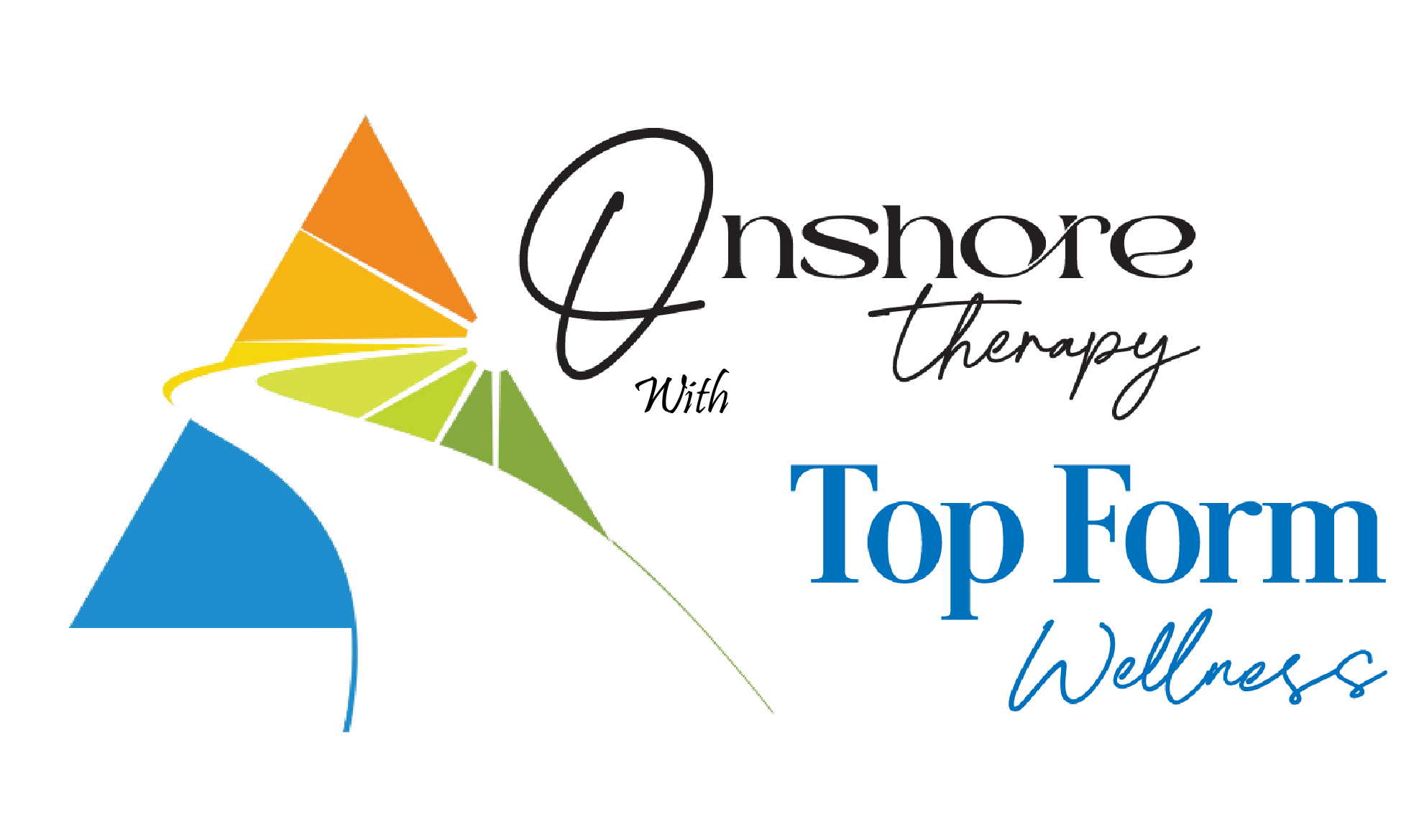Gardening is a rewarding hobby and a passion, but it has its costs. Don’t let pain prevent you from continuing to enjoy your hobbies. Physical therapy, a consistent exercise routine, and a plan for moderate gardening can help you to garden safely and avoid long-term complications like arthritis.
How Gardening Affects Your Body
Gardening involves many repetitive activities such as bending, kneeling, digging, reaching, and carrying plants and soil. Bending can cause neck pain, shoulder pain, and back pain, and kneeling for long periods can cause knee pain.
As you age, you might lose the ability to perform repetitive activities for long periods of time. While gardening is good exercise, overuse of muscles and stress on joints can lead to pain, stiffness, and long-term injury if gardeners do not keep in good physical shape and make sure to garden in a healthy way.
Pain From Gardening
If you experience pain after gardening, non-steroidal anti-inflammatory drugs (NSAIDs) and other over-the-counter pain relievers could help with gardening pain temporarily. However, these drugs may lose their effectiveness over time and cause side effects such as stomach upset.
Rather than depending on pain relievers, consider your overall physical fitness plan and the way you garden to help your body heal and protect your joints and muscles from future damage.
Tips for Managing Pain
Take Breaks When You Garden
In many cases, the pain gets worse when you overwork muscles, ligaments, and tendons. Since many gardening tasks require you to do the same activity repeatedly, stopping for a few minutes during a task can give your body time to recover.
Muscles can become sore if they do not receive enough oxygen. Slowing down and breathing deeply can help your muscles recharge.
Stay Hydrated
Dehydration can make you susceptible to the effects of heat and can cause muscle pain and cramping. Bring plenty of water with you when you garden, and keep track of how much you drink while you are out there. When possible, work in the shade to minimize water loss through sweating.
Use Ice
If you have sore muscles, rest them and press an ice pack against them to reduce swelling. Icing your muscles for twenty minutes or so will make them feel better and give you a chance to recuperate.
Try a TENS Unit
A Transcutaneous Electrical Nerve Stimulator (TENS) unit relieves pain in sore muscles by making them contract. This promotes natural healing processes and reduces pain. Physical therapists often use TENS units for pain relief after therapy, and you can buy a home unit for personal use.
Physical Therapy
For more serious pain that does not respond to at-home therapies, physical therapy restores range of motion and helps muscles heal. Physical therapy exercises can target strains, tension, and repetitive motion injuries that result from gardening.
Tips for Avoiding Pain
Stretch Before You Garden
Following a stretching routine before you garden is one way to make your muscles more resilient and reduce the risk of injury. In physical therapy, your therapist might recommend specific stretches.
Vary Your Garden Routine
If you have many tasks to perform during each gardening session, switch from one to another frequently. Different gardening activities often rely on different muscles and muscle groups, so switching gives your muscles time to recover.
Exercise
Regular cardiovascular exercise strengthens your muscles and provides support for your joints. Strong core muscles help you maintain good posture while you are gardening and reduce stress on your back, hips, and legs.
Stretch When You Finish Gardening
Take a few minutes to cool down with some light stretches after you finish gardening. Stretching helps make your muscles and joints more flexible and less prone to injury.
Check Your Food Intake
Your muscles need protein and complex carbohydrates to develop. Your bones and nervous system need calcium. Some foods promote pain and inflammation, while others reduce it. Proper nutrition equips your body to handle the challenges of gardening.
Overcoming Pain With Physical Therapy from Onshore Therapy
It is natural to experience more aches and pains as you get older, but that does not mean that pain is unavoidable. With the right combination of the best physical therapy from Onshore Therapy, food intake, and exercise, you can continue to enjoy an active lifestyle, including gardening and other outdoor hobbies.If you have gardening pain that does not go away or is severe enough to interfere with your daily activities, call Onshore Therapy at (305) 852-8600 to schedule your physical therapy session today!

